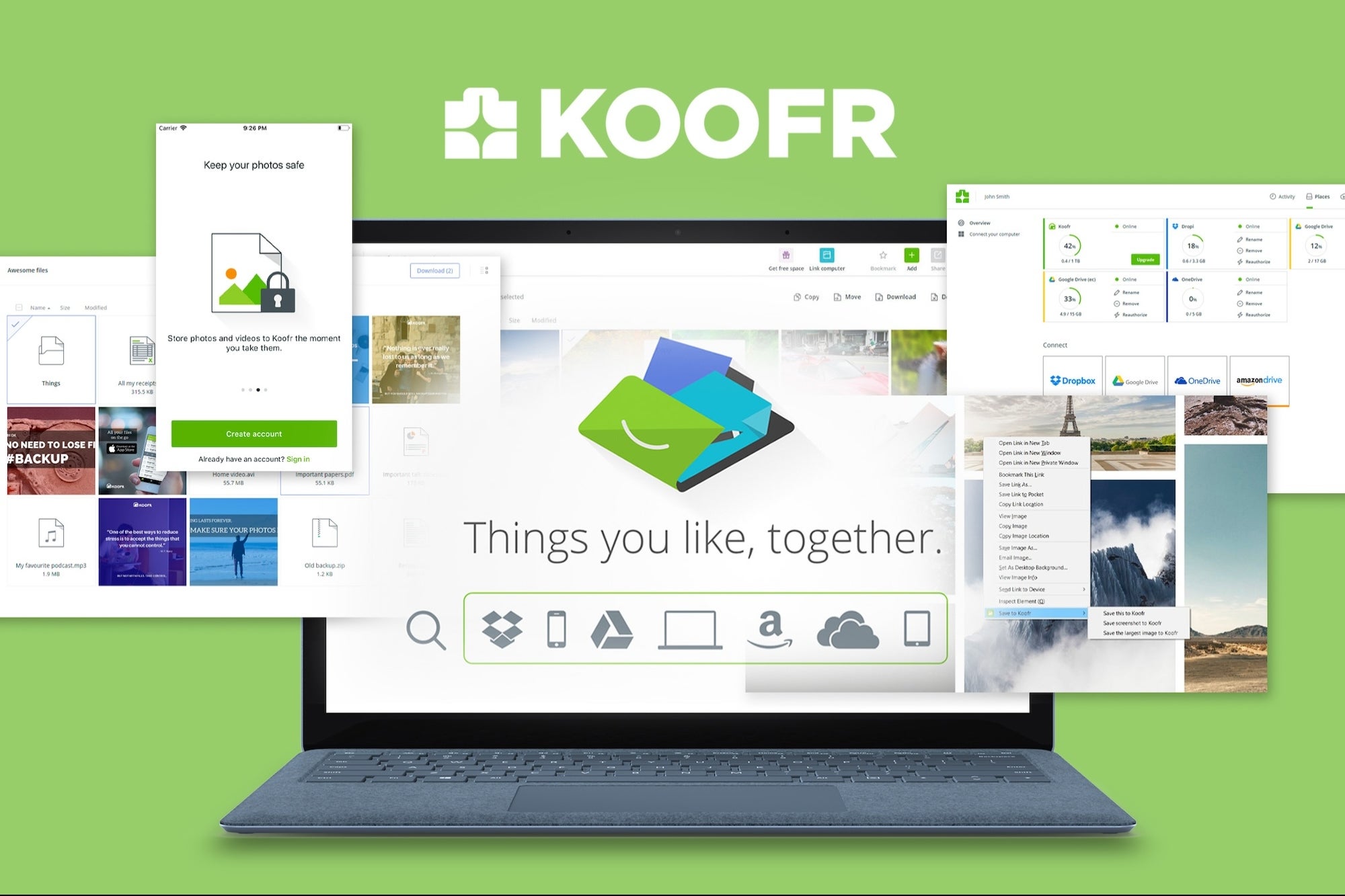AFFILIATE MARKETING
Use This Code to Get 1TB of Cloud Storage for $120

Disclosure: Our goal is to feature products and services that we think you’ll find interesting and useful. If you purchase them, Entrepreneur may get a small share of the revenue from the sale from our commerce partners.
Whether it’s important PDFs, presentations that you made for ongoing clients, or important contracts that would be detrimental to ongoing relationships if ever lost — there’s a lot of data your business needs to protect. That’s why it’s simply common practice for modern companies to have a number of verified and reliable cloud storage solutions.
If your team is in need of some space, here’s a great deal worth checking out. For a limited time only, you can get a lifetime subscription to 1TB of Koofr Cloud Storage for $119.97 (reg. $810) with code KOOFR. This single-payment deal features helpful access to a lot of space. A terabyte can hold roughly a quarter-million photos, 500 hours of HD video, and more than 6 million smaller file types like PDFs.
You can count on top-notch security when using Koofr because of advanced file encryption practices, the company says. They also have a zero-tracking policy, so you can rest assured that sensitive documents saved on Koofr will still remain private to your team or whoever you want to provide access to.
Koofr’s also great for companies because it’s compatible with other popular cloud accounts like Dropbox, Google Drive, and OneDrive, so adding it to the mix should be easy.
For those who want a little more reassurance, just take a look at Koofr’s scores among the most reputable tech review sites out there, including a 4.6/5-star average on G2, Capterra, and GetApp.
Make sure to do your business a favor and secure this lifetime subscription to 1TB of Koofr Cloud Storage for $119.97 (reg. $810) with code KOOFR.
StackSocial prices subject to change.

![How AEO Will Impact Your Business's Google Visibility in 2026 Why Your Small Business’s Google Visibility in 2026 Depends on AEO [Webinar]](https://articles.entireweb.com/wp-content/uploads/2026/01/How-AEO-Will-Impact-Your-Businesss-Google-Visibility-in-2026-400x240.png)
![How AEO Will Impact Your Business's Google Visibility in 2026 Why Your Small Business’s Google Visibility in 2026 Depends on AEO [Webinar]](https://articles.entireweb.com/wp-content/uploads/2026/01/How-AEO-Will-Impact-Your-Businesss-Google-Visibility-in-2026-80x80.png)















